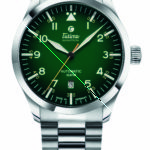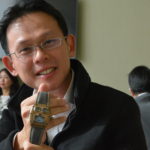The following is the tip of an iceberg that I have been writing and gathering information on for ages it would seem. I’ve cut the story in three parts (Part 2 and Part 3 plus a note on masks). No one has time anymore to read, alas, which is one of the problems causing the issue explored below, but if you need some background, like my motivation for touching on this subject, maybe some credentials, a deeper look, you’ll find it after the main body. For those who send me clips that I “have to watch,” please consider how much time I’ve spent with pen in hand listening, reading, taking notes. Deconstructing. You can get through about 1000 words.
Here’s why I am writing it. The Covid Crisis has become highly political. It has destabilized people in our very comfortable societies, where having one’s nails done or going to the gym is considered essential for survival and liberty. As every expert on conspiracy theories will tell you, unsettled times tend to boost the spread of these strange tales. Today, it’s the Internet, notably mass-gathering platforms like Facebook and Twitter, which are like Speaker’s Corner in London to the power of 100. I have been confronting them among strangers, and especially among friends since before the Covid crisis. And each time, it’s a journey down the rabbit hole.
Sadly, I have lost dear friends to this bilge, because CTs are an assault on intelligence and they literally block any discussion by their very nature: The conspiracy is always immense. It gobbles up any evidence proving it is nonsense. And those who become entranced by them tend to act like addicts (I’ll cover that in Part 3).
They are petty as well: Conspiracy theorists, for example, call mask wearers sheep for following rules, the way one might stop at a red light. Is that nice? Are the 163,000+ (now over 1 million…) dead Americans sheep for dying? Herman Cain didn’t wear a mask. He’s dead. Oh yes, they say: Covid is a hoax, they died of something else… like the truthers who deny that planes didn’t take down the Twin Towers. I’ve argued with fundamentalist Christians…. They have the same attitude. They believe and promote patent lies, but the non-believer is the idiot.
And so I am beginning to feel like Bérenger at the end of Ionesco’s Rhinoceros. Lonely, but incapable of joining the cult-like community that believes that there’s a “they” out there and “they” are out to get them. There’s also something somber to these CT. The same people who are spreading doubt about climate change, are also spreading doubt about the veracity and impact of the virus. And they are the same people who want to see Trump re-elected. Those are just the facts, available straight from the horse’s mouth, no mysterious dot-connecting necessary. Look it up. The Fox pundits, the Breitbart gnomes, etc., all are maintaining a large base of conspiracy-addled people, mainly for financial gain …
(New info: a friend of mine I promise to keep anonymous dined with Glenn Beck, the man who uses Vicks under his eyes to “cry” about the desolate state of the USA.. He asked him about the conspiracy nonsense. Beck waved it off, saying he didn’t believe any of it himself. To the question “Why do it then?” Beck just pulled out his black Mastercard.
Conspiracy theories and fake news are good friends. They are often promoted by groups with an axe to grind, with an agenda (yes, they are projecting). What Trump has labelled fake news, for example, is merely his way of discrediting the hard work of journos. By repeating that stupid trope over and over again, he has created a nimbus of doubt around the mainstream news, and suddenly everyone is calling news they don’t want to hear fake. Ironically, by reporting all his nonsense, the MSM have, to a certain extent, started reporting fake news, precisely the hallucinations put out by the Trump admin. Of course, they are forced to do their job and report from the White House. But couldn’t they slot this rubbish behind the weather?
Anyway: There are such things as facts, with a bit of bias maybe, but anyone with a functioning brain can distill the info out of the editorializing, as long as it’s not just editorializing or out-and-out lies, like the stuff pumped out by Fox News and the other far-right channels. It’s called critical rationalism. For years I read the conservative Frankfurter Allgemeine, it didn’t affect my appreciation of its news value. Many conspiracy theories regarding masks, Hydroxychloroquine, sipping luke-warm water, “where are the bodies,” Covid as Hoax, “it’s just the flu,” “it was created in a lab,” the film “Plandemic”, etc., are not true, or are slightly true, making them in Harry Frankfurt’s definition: bullshit (cf. his treatise on the subject).
“Someone who lies and someone who tells the truth are playing on opposite sides, so to speak, in the same game. Each responds to the facts as he understands them, although the response of the one is guided by the authority of the truth, while the response of the other defies that authority and refuses to meet its demands. The bullshitter ignores these demands altogether. He does not reject the authority of the truth, as the liar does, and oppose himself to it. He pays no attention to it at all. By virtue of this, bullshit is a greater enemy of the truth than lies are.”
When I receive information, because a conspiracy believer or a well-meaning both-siderist assumes we all have to read fake news, otherwise we are violating someone’s freedom of speech, I have the politeness to read it carefully. But before spreading it, it is actually the first reader who should check the sources, check out everything. That is what I do, and I don’t get paid for this job. You check who is promoting the information. And finally the famous question: “cui bono?
Years ago, a friend sent me a strident, Islamophobic harangue from Britain First politician, a neo-Fascist party. It led me to a peculiar Institute (where I found John Bolton on the board) that seemed to specialize in Islamphobic rants. One on Germany listed endless crimes of migrants (heavy emphasis on the sexual, since that is a special department of the conspiracist). I started looking them up online and contacting people and found some that were 5 years old, others that were non-existent, some were poorly reported (a foreigner, no country of origin, had accosted a woman on the train, another woman had falsely reported being harassed, but it turned out to be a hoax, etc …). I’m not saying that NO CRIMES were committed. But this was pure propaganda… written by a fellow with apparently lots of qualifications.
That’s the work that needs to be done.
I’m not saying people are stupid for believing this stuff. It’s just that I happen to have a good nose for CTs, having literally studied them and read hundreds of primary sources and secondary sources. It began in school with people throwing around “Commie” as an insult, and I wanted to know what a commie was. I investigated a political cult years ago, read all their literature and tracked the other organizations they ran, and where their information was landing. You can “hear” the conspiracy vocabulary emerging through the language. And it’s politically left and right, though these days , the right wing has made CT their main means of self-promotion and attack. Reasonable friends of mine have fallen for the stuff, reporters who should know better but who, trawling the internet, slowly caught the bug, and are buying the data.
CT is like a drug. It’s so attractive. Everything, at first, seems so easy to folow. All the pieces are in place and everything works. As if real life were so simple. Ever see the film “Small Change?” It was the Truthers’ big moment. I wasted hours on that one. It unveiled, nay, it screamed out a GIANT conspiracy involving all sorts of actors…. but I had a friend who was an architect and who explained very simply how the towers fell and why building 7 fell. The information was corroborated by other architects and experts. So the CTs make you feel like you understand everything, and that the Lie is So Big, that it must be true. But that is exactly what the Conspiracy Theorist is banking on. Using a Big Lie to uncover a Big Lie, which is non-existent. And being shown proof that the theory is wrong in 100 small points, shouldn’t make you feel ashamed, just corrected. But this is where Brandolini’s Law kicks in:
The amount of energy needed to refute bullshit is an order of magnitude bigger than that needed to produce it.
Even if the information comes from a doctor: Listen and read carefully. I communicated with a psychologist, a known CT specialist briefly. His answer: Besides money and ideology, “(o)ne of those additional motivations is notoriety: most of the dissenting climate scientists had terribly mediocre careers (at best) until they became climate deniers. And then all of a sudden they appear on TV and testify in front of Congress and so on.” My own experience has shown that doctors and scientists are just as prone to peddling fake stuff and then screaming conspiracy, when the community does not react or tells them to check their facts, because they have it bass ackwards..
But let me ask: If you believe, say, Dr. X who says it’s all a hoax, why don’t you believe the other 35,000 doctors who say: “It’s very dangerous, infectious and hard to cure when acute, so let’s be really careful.” Is it because you like to hear a maverick, a contrarian, someone who says different stuff? Is it a form of contrarianism? Or does the doc varnish your prejudices, the niggling doubt, the grain of paranoia that is stored in our lizard brain for protection? Or does it awaken the control freak in us, especially at a time when things on the planet seem totally discombobulated?
These are the questions we have to ask ourselves. So please, learn to navigate the web.
One “doctor says” video was the infamous Simone Gold promoting Hydroxychloroquine and the cure by a “doctor” who believes in witches and wizards impregnating women in their dreams, literally! It is all funded by an extreme right-wing group in the USA. Knowing this, why is the video still on people’s timelines?
Then there is another, a French geneticist, who sounds very reasonable, but suddenly, after blandly and sweetly going on about various banal matters, she makes an assumption that pierces the information. “While it is reasonable to suggest that the corona-virus is a natural development, she prefers to think it was engineered…contradicting the bulk of geneticists. Wow. I spent 90 minutes listening to the good doctor, and noting the problems. The vaccination tests in South Africa are another area where she combines conspiracy with truth. ( https://www.conspiracywatch.info/alexandra-henrion-caude )
The most recent “doctor speaks” video I received was one from Sweden. The author says in the first sentence that the information is anecdotal. And seems to support the idea that “ripping the bandage off” is better than slowly pealing it off, as was done in most European countries. That is: no lockdown, etc… Great for the 5,500 people who died, right? What is not said: The Swedish health ministry also applied measures and throughout March to may, the cities were quite empty, and shops closed. The economy suffered, like elsewhere. People kept distant from each other. And 5,500 Swedes died, because …. Well… That’s what some people would like answered. Because they were old? Sounds like a modern version of Aktion T4. That Sweden seems to be enjoying respite from the infection for the moment has to do with summer vacations, cities less crowded, and the fact that 50% of Swedish households happen to be single, apparently (I have to check that info). It may be interesting to note, that in discussing a Vitamin D study in another post, the doc mentions that Muslim women have a deficiency because they are always covered up. That info needs checking. It sounds sort of strange. It takes time…
So yes, dear friend: Go Sweden, as you say… tell that to the families of the dead. And the death toll in the USA is still going up and up. And in Brazil, where an Evangelical runs the country … Please be careful of what you say. What is hurting our society is selfishness and callousness. It’s time to get back to humane and human norms.
Masks: They are not equivalent to the yellow star. They are one way to protect ourselves and, if we happen to have Covid and not know it, our neighbors. I go shopping here, there are many old people shopping with me. I have a robust immune system, I hope. I might not notice being ill. I could spread it. I’ll be teaching in crowded classrooms, I have to be careful, for myself, my family and the families of the kids. We had cases of Covid, if it was a hoax, it wasn’t a funny one.
And by the way: Is anyone complaining about condoms? Are they a plot to enslave men’s penises and ruin their pleasure (at least one Trumpist thinks so? Is AIDS a dastardly plot concocted in labs to… I don’t know what, but none of the thousands who have taken part in the non-existent plot have ever said anything. Maybe they were all killed? In the basement of a pizza parlor in Philadelphia?
Finally: Are CT harmless? Just a little pseudo-intellectual horse-playing? Here’s where I beg to differ. Some conspiracy theory (CT) is funny, at times just weird,. At best, it starts confusing the issue. At worst it is harmful. It can blow the odd mind, as happened to a friend of mine who is bipolar. The pogroms against Jewish communities beginning in 38 AD, or in Norwich 1177, or during the Black Plague were all triggered by conspiracy theories. Same for the the September Massacres during the French Revolution, or the bombing of the Alfred P. Murrah Federal Building in Oklahoma City, April 19, 1995 (the main perpetrator, Tim McVeigh was a member of the Patriot Movement and was obsessed with the idea of government overreach…. In psychological terms, a case of extreme reactance. Need I add: the Holocaust,Stalin’s mass murder, Pol Pot, even Mao’s brutality: All fueled by conspiratorial thinking, the belief that a mysterious “they” were plotting “something.”

If Trump and the GOP hadn’t been so obsessed with the elections and how it made this ridiculous con man look, they would have been able to control the pandemic. The result is thousands and thousands of deaths and lots of suffering, plus a supine economy, and no end in sight. That is NOT harmless and it might explain why the American right wingers are desperately trying to distract people with silly tropes about masks. .
In sum: CT are used to manipulate , to distract, to attract attention. My German friends who are convinced this is all manipulation insist that the recent anti-mask demo in Berlin was attended by 500,000 people. The police said 20,000 max. There are scientific ways to estimate those numbers. You measure the surface area where the demo was held, and essentially you count two people per square meter. The police were right. A picture posted on the web was from an anti-racist demo a while back.
The solution: Be skeptical at all times. If anyone seems to have some secret knowledge about some Big Thing, ask how he/she was made privy to that data. Silly clips that say “You won’t believe this….” or “This is the biggest scandal….” … are usually just trying to attract attention. Information these days is easy to spread, and that makes it less than precious. Listen to the tonality…
Part 2 should be up soon.





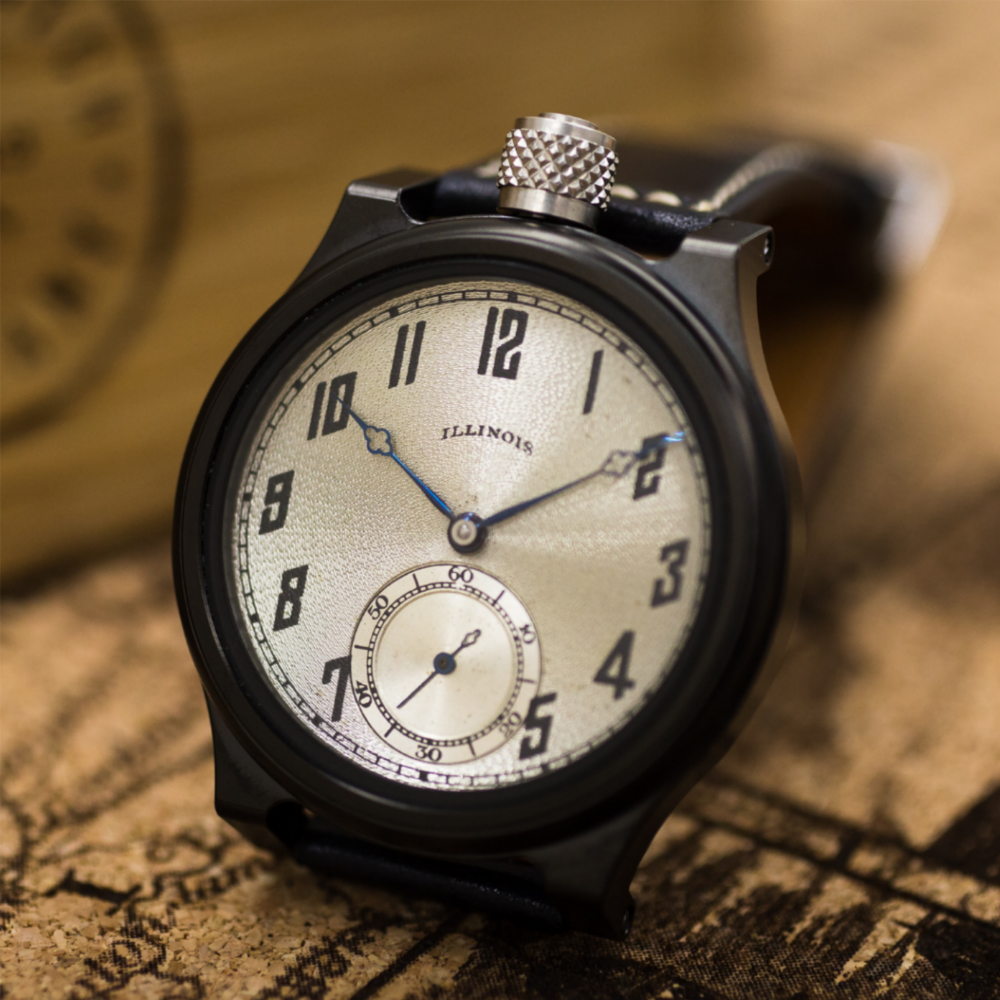


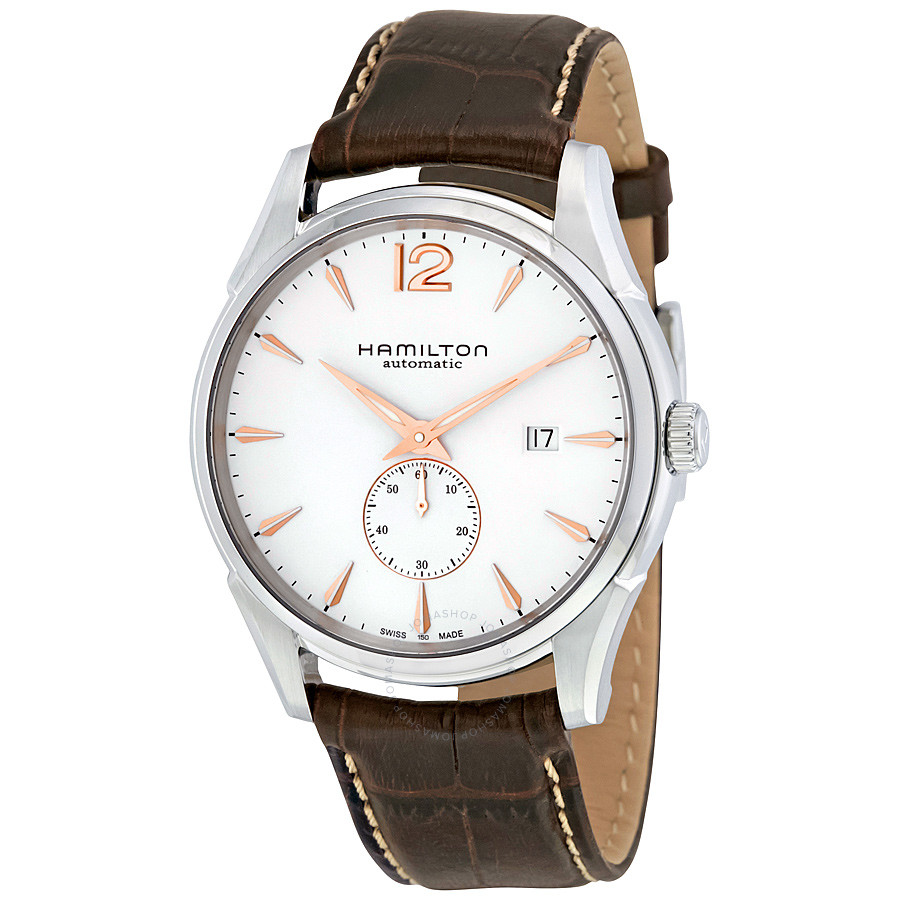


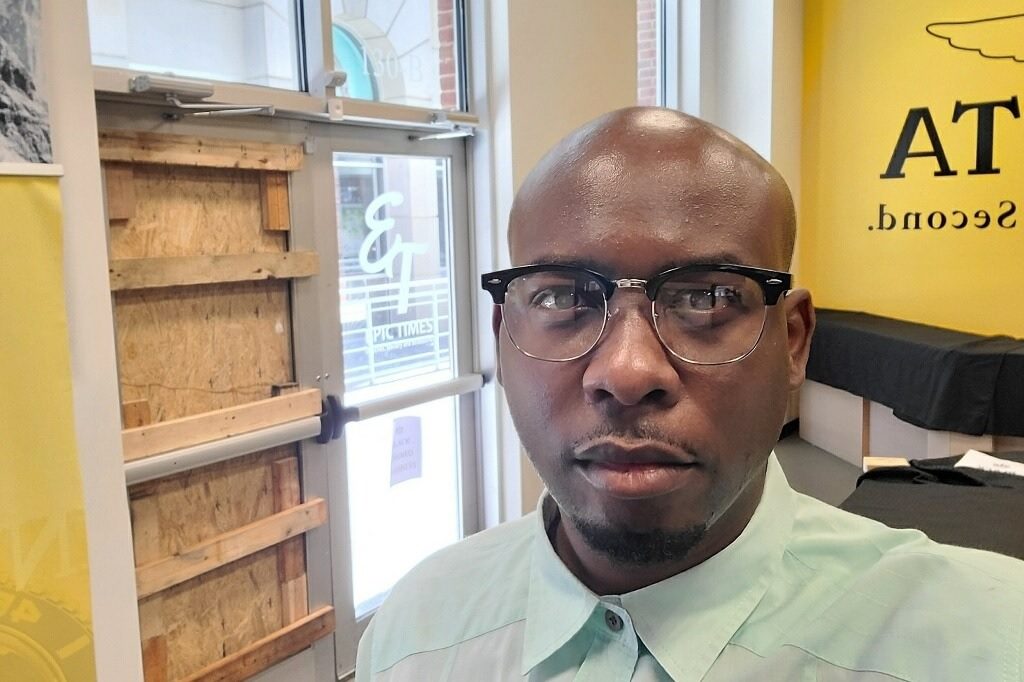


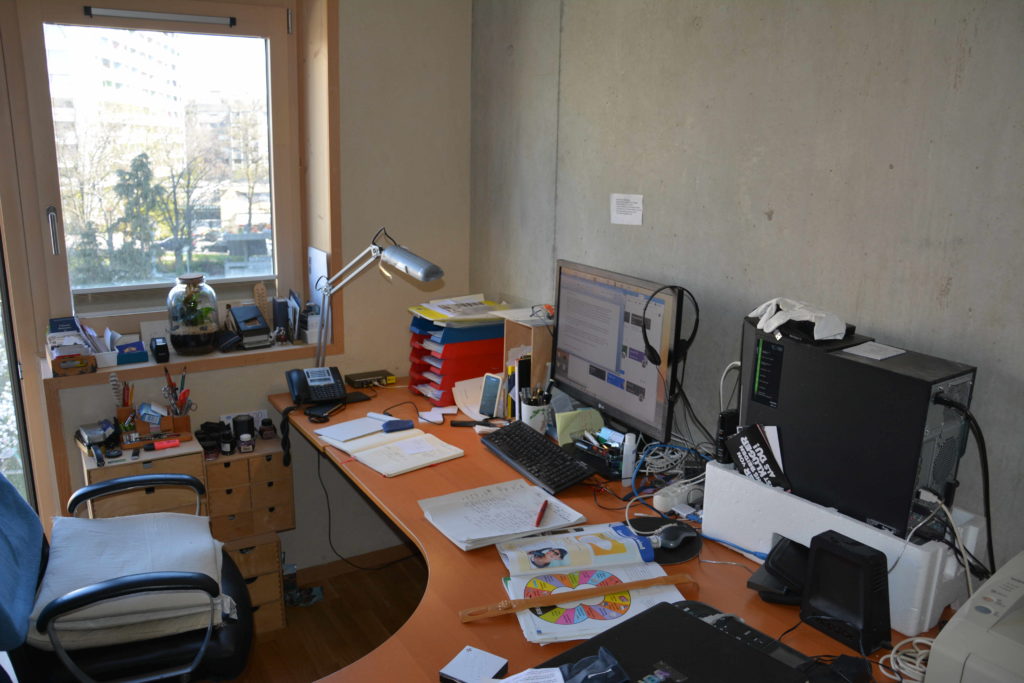

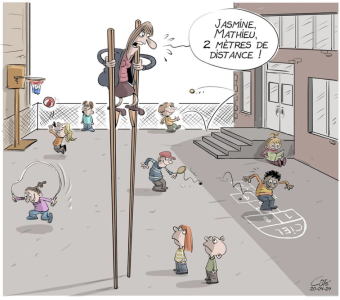

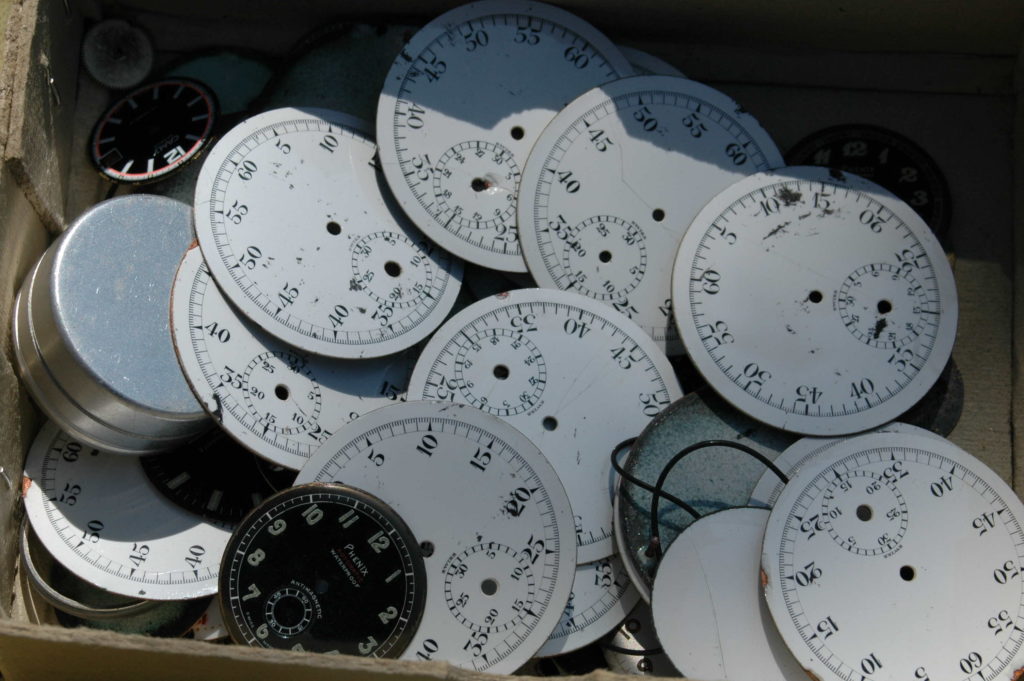
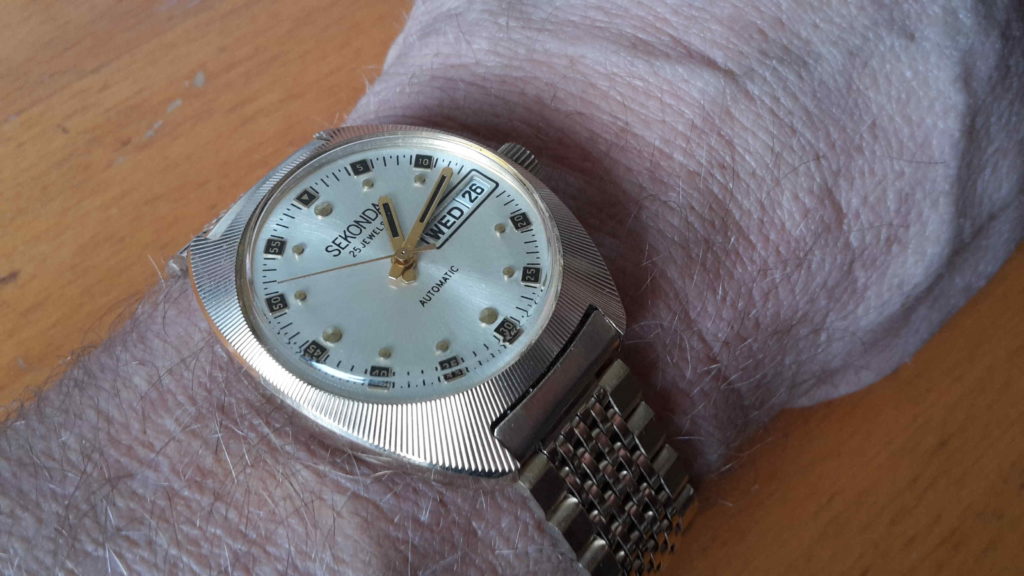
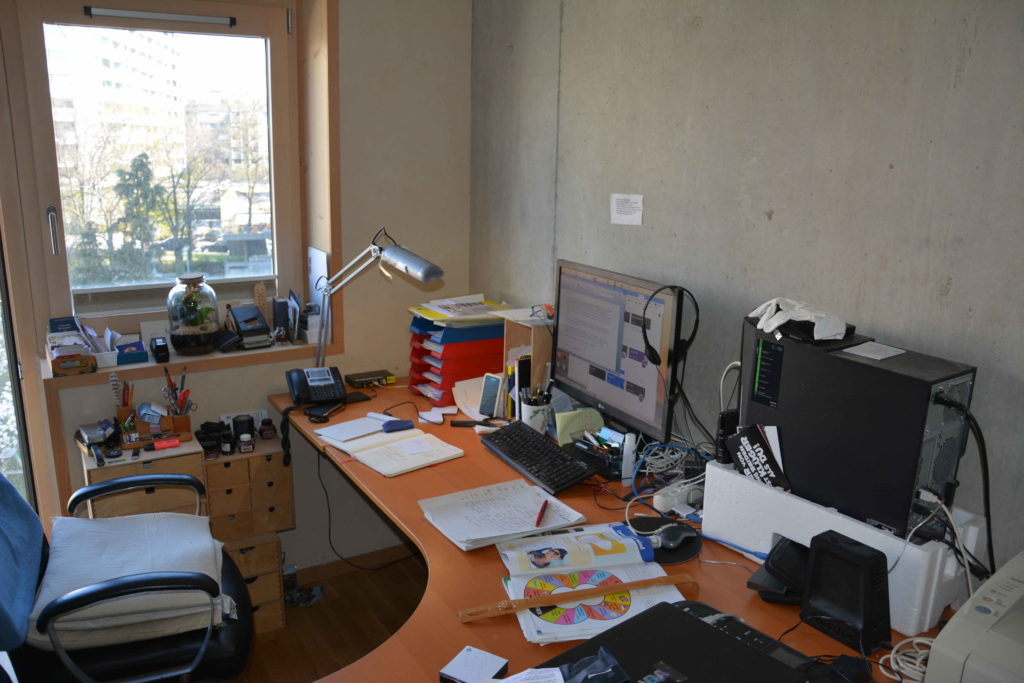









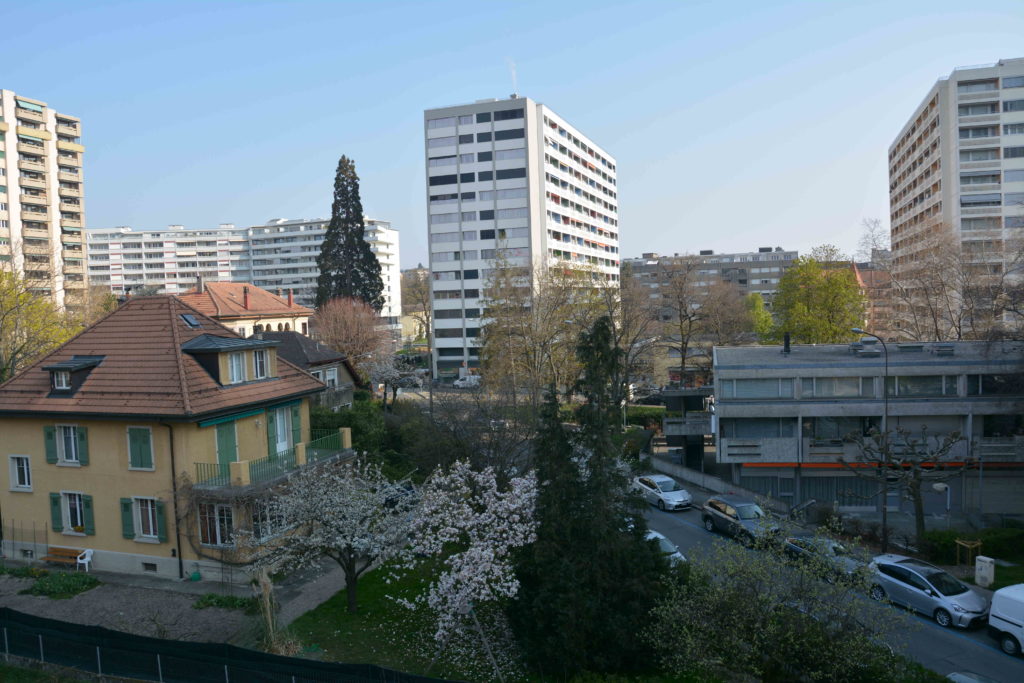
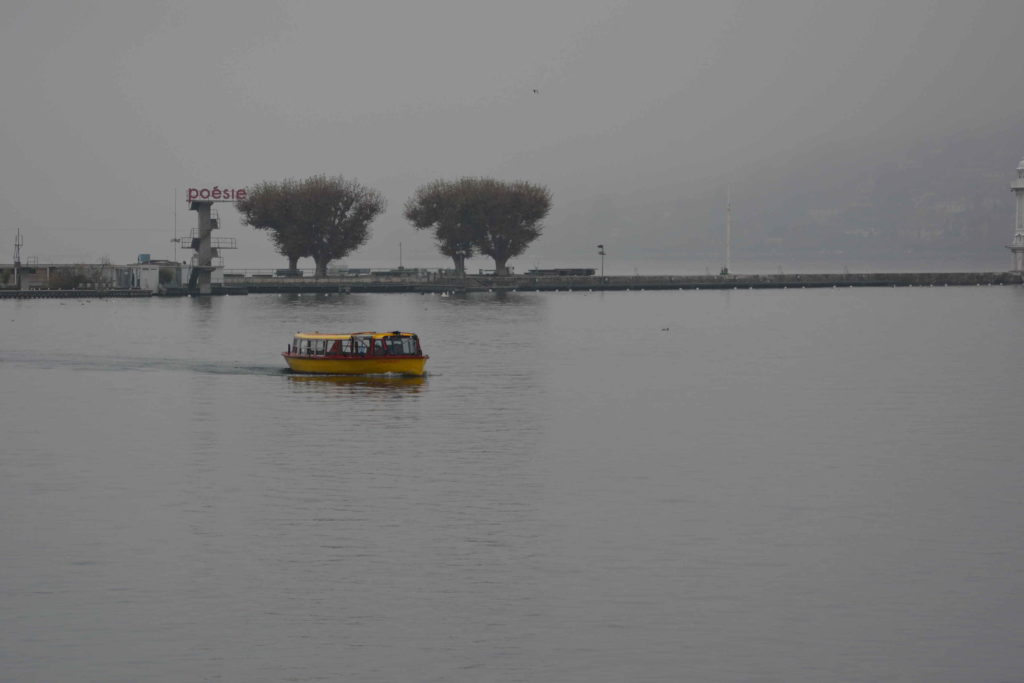








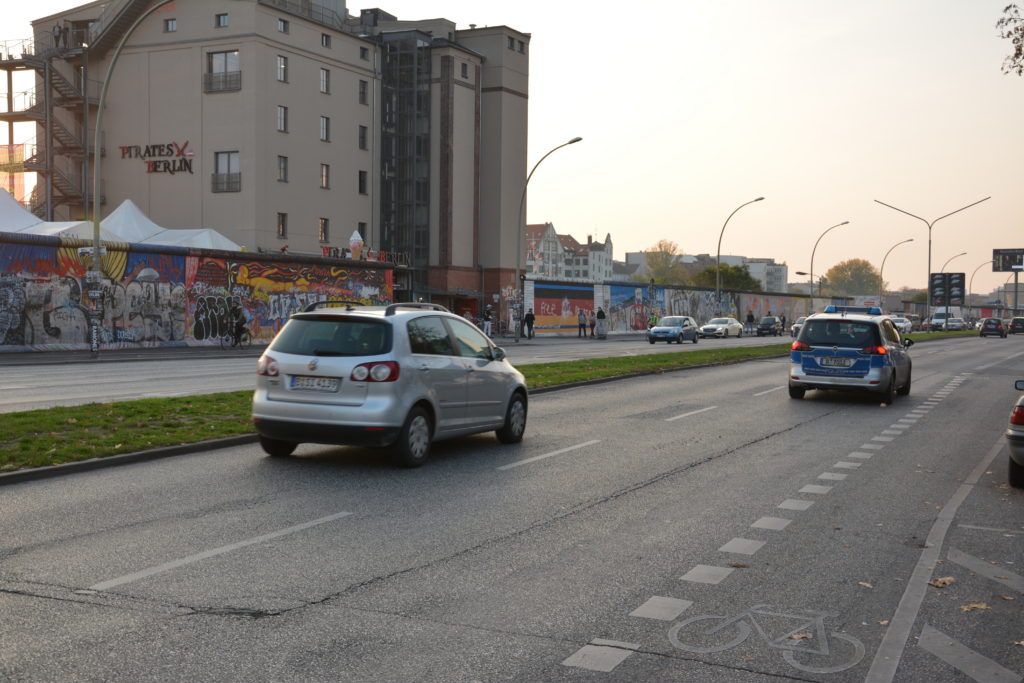







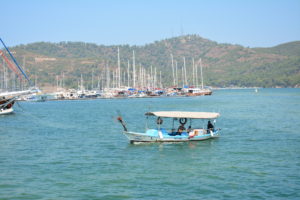


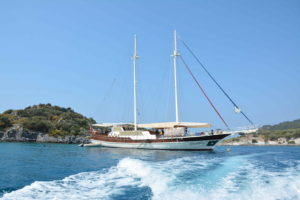

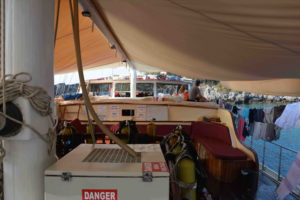
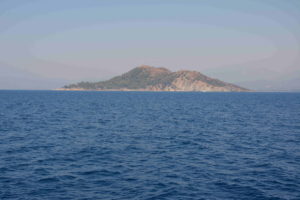


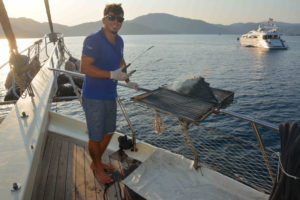
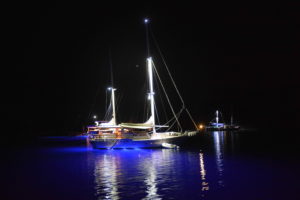


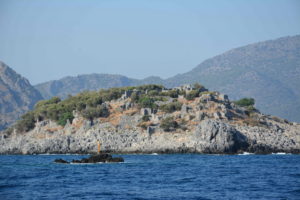








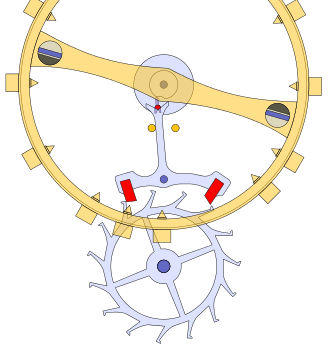
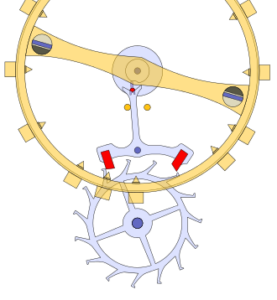

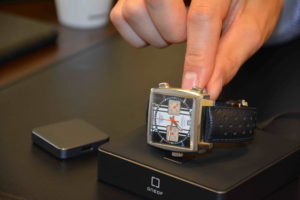


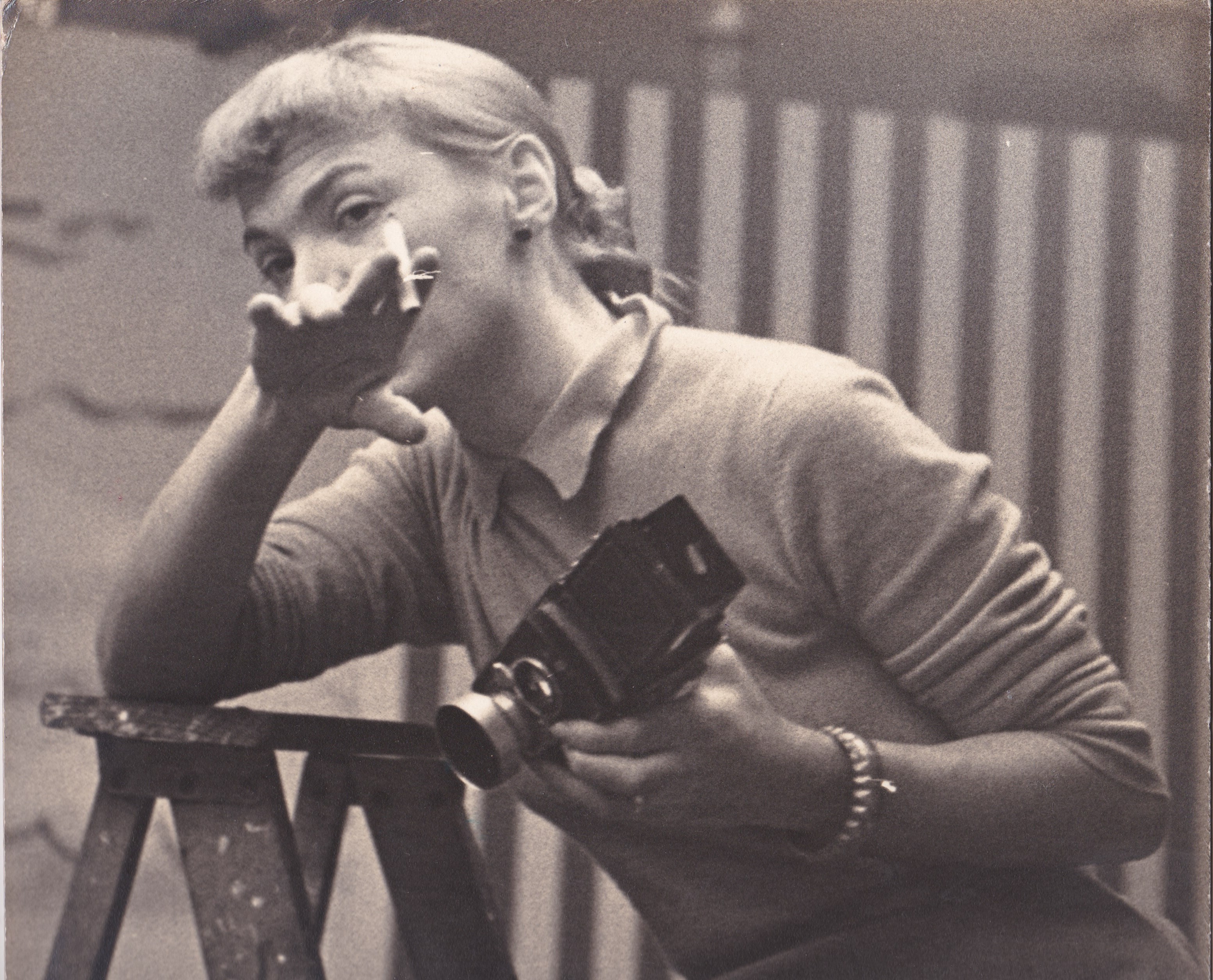
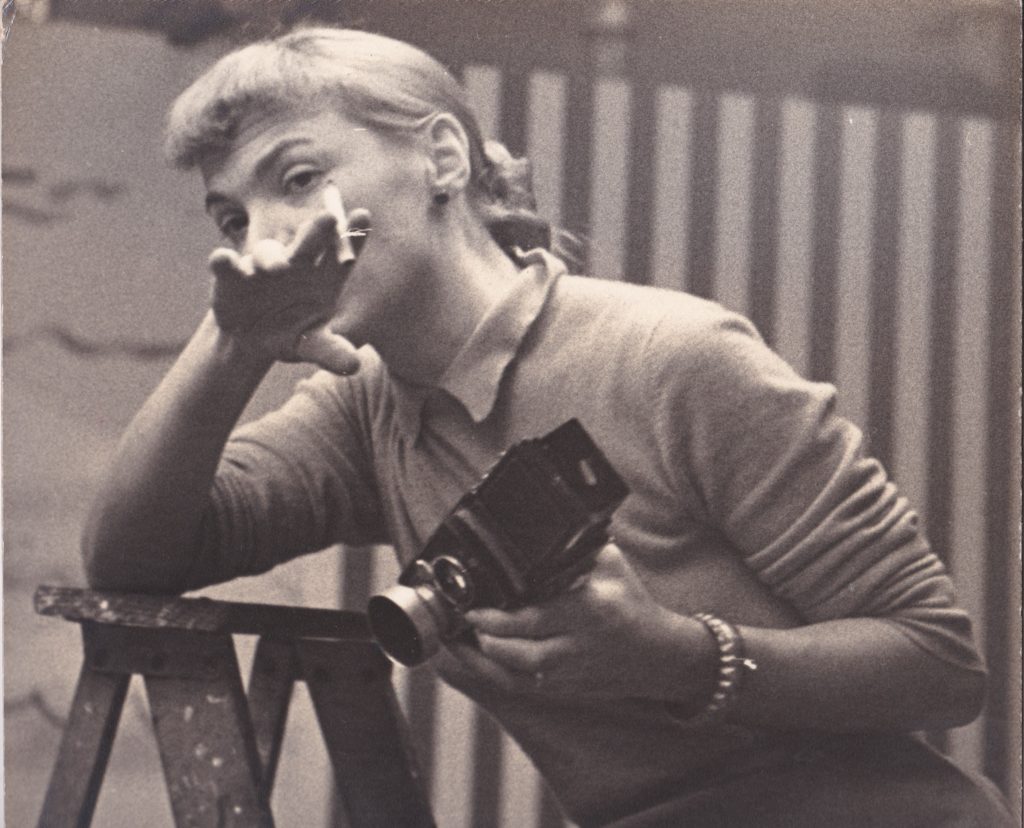




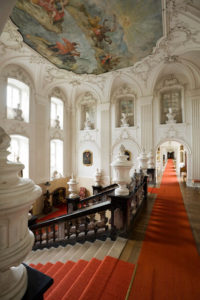




 Noy’s concept of “dynamic dials” brings liveliness to the wrist and opens many possibilities for the creative watch designer. But what could be a worthy successor to the Full Month, which tracks the day using thirty-one numbers painstakingly cut into the dial over a disk that turns the right number red? The answer is simply Reorder. Also a sandwich dial, but this time it’s the hours that are cut haphazardly into the dial. Noy prefers not to explain the system he developed to display time in this fascinating manner (no, it’s not as strident as Franck Muller’s Crazy Hours). It’s not about omerta, but rather to keep the mystery alive, he told me. “If you know how the magician does his tricks, it’s no longer any fun to watch.” The watch features the movement he worked on together with a little company called IsoProg.
Noy’s concept of “dynamic dials” brings liveliness to the wrist and opens many possibilities for the creative watch designer. But what could be a worthy successor to the Full Month, which tracks the day using thirty-one numbers painstakingly cut into the dial over a disk that turns the right number red? The answer is simply Reorder. Also a sandwich dial, but this time it’s the hours that are cut haphazardly into the dial. Noy prefers not to explain the system he developed to display time in this fascinating manner (no, it’s not as strident as Franck Muller’s Crazy Hours). It’s not about omerta, but rather to keep the mystery alive, he told me. “If you know how the magician does his tricks, it’s no longer any fun to watch.” The watch features the movement he worked on together with a little company called IsoProg.



